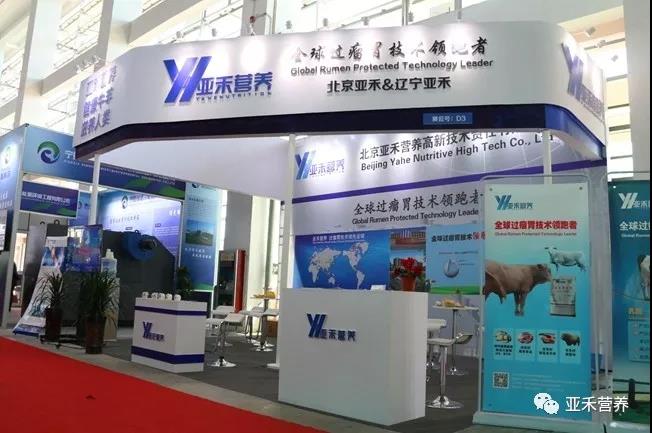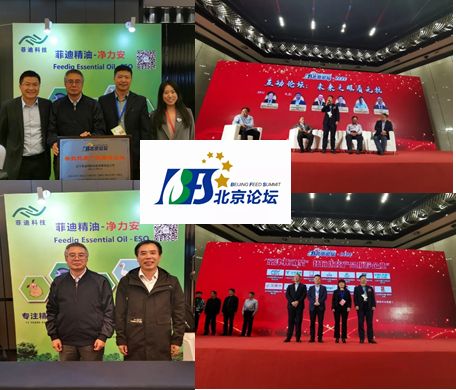Will the price of corn in North China plunge after soaring?
Since the beginning of September, the price of corn in North China has risen sharply. The price of corn purchases by deep-processing companies has risen quickly. It is staggering. The highest single-day price adjustment for enterprises in Shandong is 90 yuan / ton. Up to now, taking Shandong Weifang Changle Shengtai Pharmaceutical Co. as an example, the price of the plant's purchase of corn in North China on September 3 was 1,700 yuan / ton, and the purchase price on September 9 was 1,880 yuan / ton. The price rose to 180 yuan within 5 days. /Ton. The purchase prices of other manufacturers have also risen, ranging from 30-130 yuan / ton. The purchase price of corn in Shandong Tai'an Xiangrui Pharmaceutical Co., Ltd. is 1940 yuan / ton, which is the highest price for the purchase of corn in North China deep-processing enterprises. (As shown in the figure below) What is the driving force behind the rapid rise in the price of the corn market in North China? Since September 10, the purchase price of corn in some deep-processing companies has begun to fall. Will there be a plunge after the skyrocket?
First, the early stock reserve consumption is faster
The purchase price of corn in deep processing enterprises in North China is closely related to its inventory. It experienced a round of decline in the middle and late August, which led to a reduction in the company's factory door arrivals. While most companies consume internal inventory, some companies even lower the purchase price to reduce the arrival. At this stage, most companies believe that the local spring corn will be on the market soon, which can supplement their production and consumption. However, due to the impact of rain, the delayed listing of spring corn, the enterprise's pre-judgment is wrong, the supply of goods is insufficient, the inventory consumption is too fast, and there is a certain gap in the later production. Therefore, in order to maintain normal production, companies have increased their willingness to replenish their stocks and have raised corn purchase prices.
Second, continuous rain weather affects the arrival of enterprises
According to the author's knowledge, rainy weather has occurred in many places in North China since September, and it has lasted a long time. The listing of new season spring corn has been delayed, and harvesting, drying and shipping have been affected. In addition, the number of weekly auctions of the State Reserve Corn in recent weeks has decreased more than in the previous period. The number of single-week auctions is around 2 million tons. Although the turnover rate has increased, the market supply capacity is still limited. Most of the corn that was auctioned in the previous period has also been shipped out, and the market grain has gradually decreased. In addition to the large price cuts and the impact of rainfall in North China, the profit of the northeast grain grain to the factory is low, and the cost even exceeds the company's purchase price, resulting in a rapid decrease in traffic. However, the quantity of spring corn in the new season is limited, and the arrival of old corn is blocked.
3. After the environmental protection inspection is over, the enterprises that have stopped production or restricted production will resume operation.
According to the news, the environmental protection inspection team withdrew from the Shandong market on September 10, and the enterprises that have been affected by environmental protection inspections and whose production has been suspended will also resume operation. At present, Shandong Zaozhuang Dazong Biological Co., Ltd., Tengzhou Hengren Starch and Binzhou Jinhui Corn Co., Ltd. have begun to purchase corn in preparation for production. Demand for corn in the market has further increased, and the "food shortage" phenomenon has already appeared in the North China market, and companies have begun to increase prices quickly for normal production to increase arrival.
Fourth, corn product prices continue to rise, supporting the increase in raw grain costs
According to the author's understanding, the price of corn products in North China has risen rapidly, among which the price of corn starch has been the fastest, rising from about 2100 tons in the previous period to 2400 yuan / ton. The prices of other corn products such as starch sugar, glucose sugar, and germ have also increased, which can support the cost of corn raw material purchase to a certain extent, and provide support for companies to quickly increase the corn purchase price.
In summary of the above four points, the North China deep processing enterprises continue to have insufficient arrivals, the inventory consumption is too fast, the arrival of new grains is blocked, and the enterprises quickly increase the corn purchase price to increase the factory door arrivals. However, can the phenomenon of rapid price rise continue? Can there be a plunge after the skyrocket? The author then analyzes for you. Since the beginning of last weekend, some deep-processing companies in North China have begun to see signs of lower corn purchase prices. Representative companies include Shandong Weifang Changle Shengtai Pharmaceutical Co., Ltd., Shouguang Juneng Golden Corn, and Shouguang Xinfeng Starch. Among them, Shandong Shengtai Pharmaceutical adjusted the corn purchase price twice on September 11, lowering the overall price by 30 yuan / ton.
As mentioned above, due to the rain, the market launch of the new season spring corn in North China was postponed, and as the weather turned clear, the new season spring corn also began to enter the North China market one after another, supplementing the production of enterprises. Under the influence of this factor, the company's factory door arrival volume will gradually increase. In addition, the amount of autumn corn in northern areas such as Liaoning and Heilongjiang will also increase after September 15. With the diversified supply of goods in the market, the volume of enterprises will gradually increase, and the purchase price will stop rising and stabilize. If the supplement volume is large, the purchase price of enterprises will enter a new round of downward adjustment.
The total volume of the State Reserve corn auction so far has reached 44 million tons, but there are still nearly 190 million tons of un auctioned corn in the State Reserve. The pressure on the country to destock is evident. On September 11, the National Grain Trading Center issued an announcement of this week's 2013-2014 sales of corn for dry sales, totaling 2.02 million tons, an increase of 455,600 tons from last week. A slight increase in corn from the State Reserve, increasing the supply of corn in the market, to a certain extent can suppress the spot market price of corn.
The purchase price of corn in deep processing enterprises in North China has risen for more than a week, and the highest purchase price has reached 1940 yuan / ton. With such a high price, Northeast Chenliang has begun to ship to the North China market, and the average daily arrival of some companies has increased to 2000-3000. Ton. And according to the latest news, Liaoning Expressway toll standards have introduced a number of new policies, mostly favorable policies to reduce transportation costs. To a certain extent, this can reduce the cost of shipping in the Northeast region and increase the enthusiasm of traders for corn outsourcing.
Based on the above three factors, the corn price increase in North China is hindered. The new season corn will be listed soon, the supply of Chenliang grain will increase, and the demand for raw materials will be eased. The price of corn in the future market will gradually return to stability. Possible drop. The author reminds companies and traders to pay attention to the time to market of new season corn and the arrival of processing companies.





